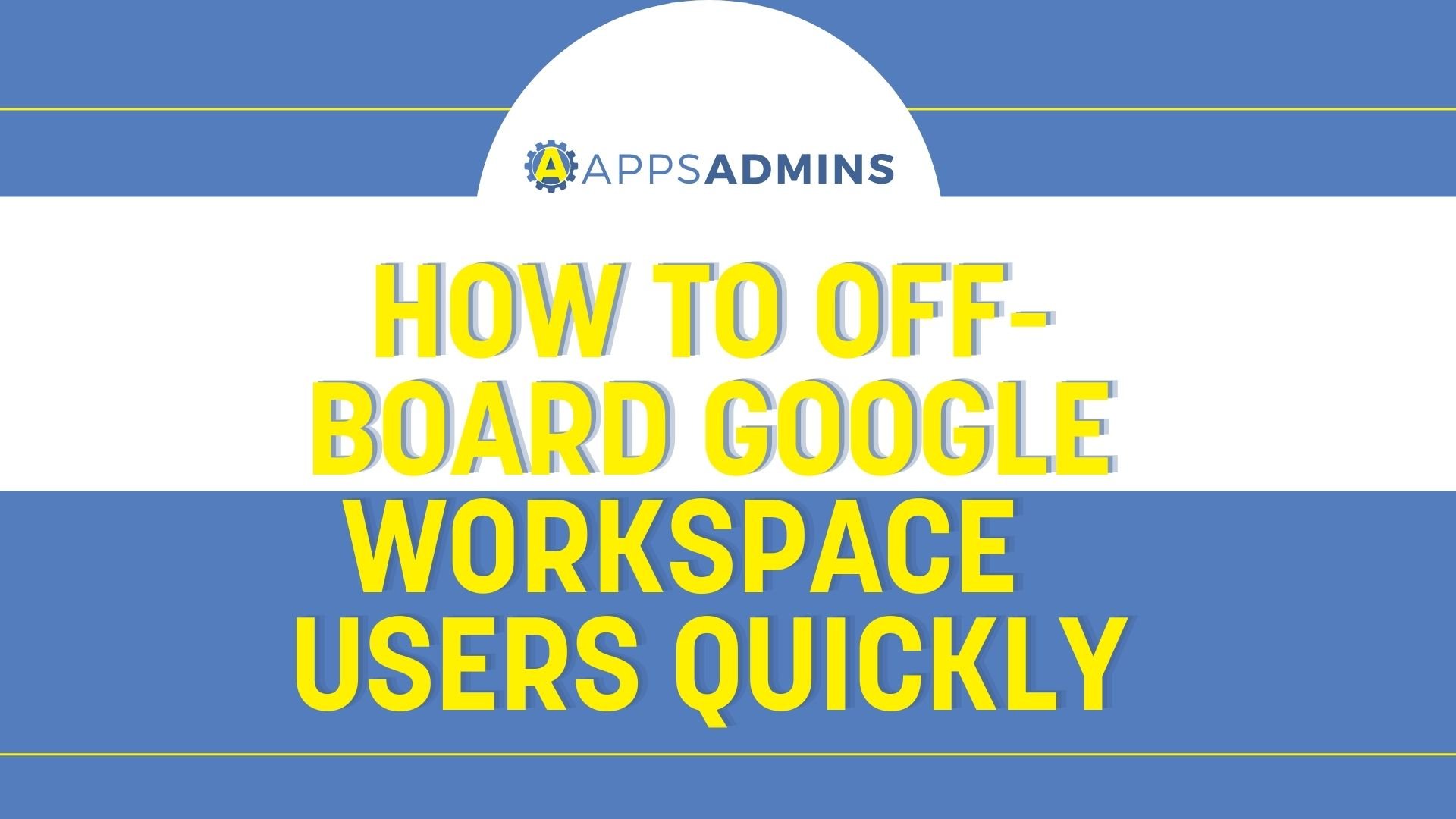G Suite Business Free for 30 Days
Sign up for a Free 30 Day Trial of G Suite Business and get Free Admin support from Google Certified Deployment Specialists.

At the small-business level, maintenance of server infrastructure can resemble an arms race that your company is never going to win.
Picture it: Email correspondence flows at all hours, every day of the year, accumulating exponentially. Peak business performance means finding yesterday's email as quickly as a message from two years ago. Your accountants and/or legal counsel will need an archive reaching back several years for compliance or potential litigation support.
This is why there is relentless need to add physical drive capacity, maintain server failure redundancy and execute a triage of software patches. Those servers must also mitigate, with 100% accuracy, security threats that lurk just outside the firewall.
It's time to migrate from Exchange to Google Apps. If you're leading a company that employs between 15 and 750 connected users with an exchange server more than 2-3 years old, you possibly have considered it already. At the small-business level, replacement or upgrade of exchange servers typically has a floor cost of no less than $10,000. You would be wise to consider investmenting in the latest technology. Google apps is one alternative, and for many companies an attractive one.

Sticking with Exchange? You're gonna need a bigger boat.
What, exactly, can change for your company when you migrate Exchange to Google apps for email infrastructure? Primarily, that $10,000 can stretch a lot further in one big way.The per-user cost for email hosted on Google is more than 90% less than on-site servers. Put another way, a $100/month cost per user shrinks to $8.50/month.
Even compared to a remotely-hosted email server, Google's per user/per month cost saves more than 50%. For most business purposes short of multimedia-heavy applications, Google Apps offers effectively unlimited storage capacity.
Google shifts responsibility for technology assets away from your company. No longer will you be concerned with data loss from power loss or fire in the server rooms. The experience and expertise of technicians maintaining your email servers is something your company no longer needs to vet. Your information is relocated; in the event of a local outage or incident, your operations can continue without interruption.
Migrating from Exchange to Google Apps can also bring the underappreciated benefit of integrating into the larger Google environment. Cloud computing is evolving at an accelerating rate, similar to how VoIP (Voice over IP) transformed from exotic telecommunications to routine over the course of a decade. Google Apps continues to improve, integrating mail, calendar and file storage. This allows messaging and correspondence to organically become project-management or CRM structures. It's no secret that standalone computing will eventually be rendered obsolete.
Of course, to migrate Exchange to Google Apps is not without risk. When three-quarters or more of your company's intellectual property is electronic (as is common), local storage and the capability to go securely offline can seem a nearly primal comfort. A T1 or higher connection is easy to establish and maintain today, but performance-sapping network irregularities persist, and remote outages can affect local performance. For the moment, the standalone versions of many applications are currently performance-superior to their "cloud-based" counterparts.
More quickly than can be anticipated, however, cloud-based services will not be the exception but the norm. Your 15 email clients, as well as your $10,000, pales in comparison to Google's multi-billion dollar long-term investment in structural improvement and their millions of users. To migrate Exchange to Google Apps in 2013 not only extends productivity for your employees, but beneficially positions your company's IT for the future.
.jpg?width=818&name=appsadmins-svg-rules-1%20(2).jpg)







